



First Ascent:Mount Pumori was first summited on May 17, 1962, by a German-Swiss-Austrian team led by Gerhard Lenser.
Variations in Routes: Over the years, climbers have explored different routes on Pumori, with variations in ascent paths and techniques.
Increased Popularity: Pumori has gained popularity among climbers for its challenging ascent and stunning views of neighboring peaks, including Everest and Lhotse.
Modern Expeditions: In recent years, Pumori has attracted climbers from various countries, contributing to the mountain’s status as a prominent destination for mountaineering expeditions.
Tragedies and Challenges: Like many high-altitude peaks, Pumori has witnessed tragedies and challenges, including avalanches and difficult weather conditions.
Technical Difficulties: Climbers often face technical difficulties, including navigating crevasses, icy slopes, and steep ridges, adding to the mountain’s reputation as a challenging climb.
Alpine Style Ascents: Some climbers have pursued alpine style ascents on Pumori, emphasizing a self-sufficient and rapid approach to climbing.
Mount Pumori, standing at 7,161 meters (23,494 feet) in the Himalayas, is a coveted peak for climbers seeking a challenging ascent. The climbing journey unfolds in several key stages, each presenting unique challenges and breathtaking landscapes.
The expedition commences at Everest Base Camp (EBC), serving as the starting point for acclimatization and preparation. Climbers navigate through the treacherous Khumbu Icefall and the expansive Western Cwm to reach Camp 1, situated on a rocky moraine plateau at approximately 5,800 meters (19,029 feet). This initial camp introduces climbers to crevasses and icy terrain, setting the stage for crucial acclimatization before progressing to higher altitudes.
Camp 2, perched at around 6,000 meters (19,685 feet) on a rocky ridge, marks the next phase of the ascent. Here, climbers face mixed terrain, including challenging sections of snow and ice, further enhancing their acclimatization for the demanding altitudes ahead.
Positioned on a snow terrace at approximately 6,480 meters (21,260 feet), Camp 3 becomes a pivotal stage in the journey. Climbers encounter steeper sections and icy slopes, preparing for the final push to the summit. This camp serves as a crucial waypoint for last-minute preparations before the challenging summit day.
Summit day involves negotiating a challenging ridge with technical rock and ice sections, presenting climbers with steep slopes, exposed areas, and the effects of high altitude. Upon reaching the summit at 7,161 meters (23,494 feet), climbers are rewarded with panoramic views of Everest, Lhotse, and the surrounding Himalayan peaks—a gratifying conclusion to the arduous ascent.
The descent retraces the climbing route, demanding careful navigation through the challenging terrain. Climbers gradually descend from the higher camps to Everest Base Camp, concluding their exhilarating journey on Mount Pumori. Overall, the ascent of Mount Pumori offers a challenging yet immensely rewarding experience, attracting adventurers to conquer its formidable heights in the Khumbu region of the Himalayas.



















































Preparing for a challenging expedition requires assembling a comprehensive array of essential gear, encompassing a durable backpack, weather-resistant tent, cozy sleeping bag with an insulated sleeping pad, and a reliable stove for cooking sustenance on the go; navigation tools like a map, compass, and GPS device ensure a safe journey, while a well-stocked first aid kit, emergency shelter, and multi-tool provide security in unforeseen circumstances; carefully chosen clothing layers, including waterproof rain jackets, trekking socks, and sturdy hiking boots, offer protection from the elements, complemented by trekking poles, a backpack rain cover, and dry bags for added resilience against inclement weather.
CLICK THE PICTURE FOR MORE INFORMATION

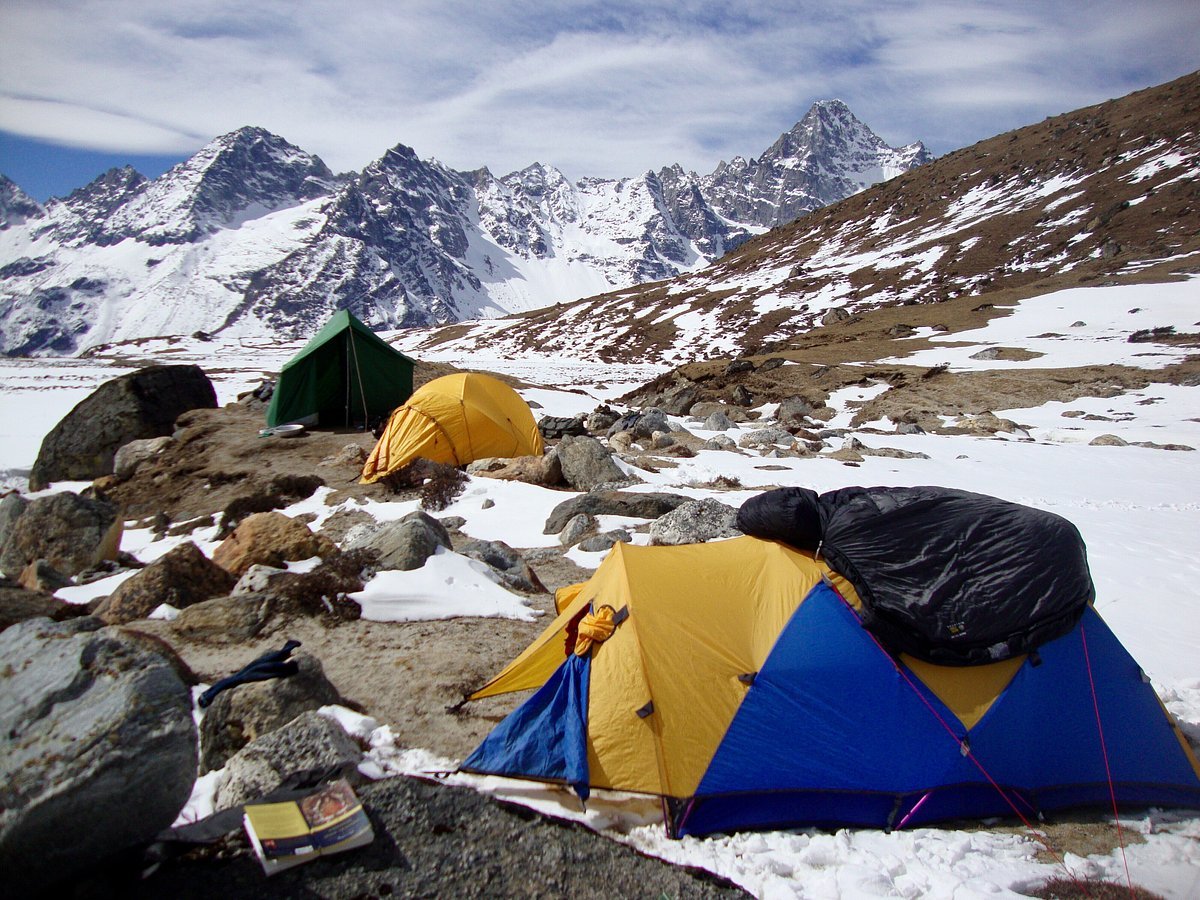
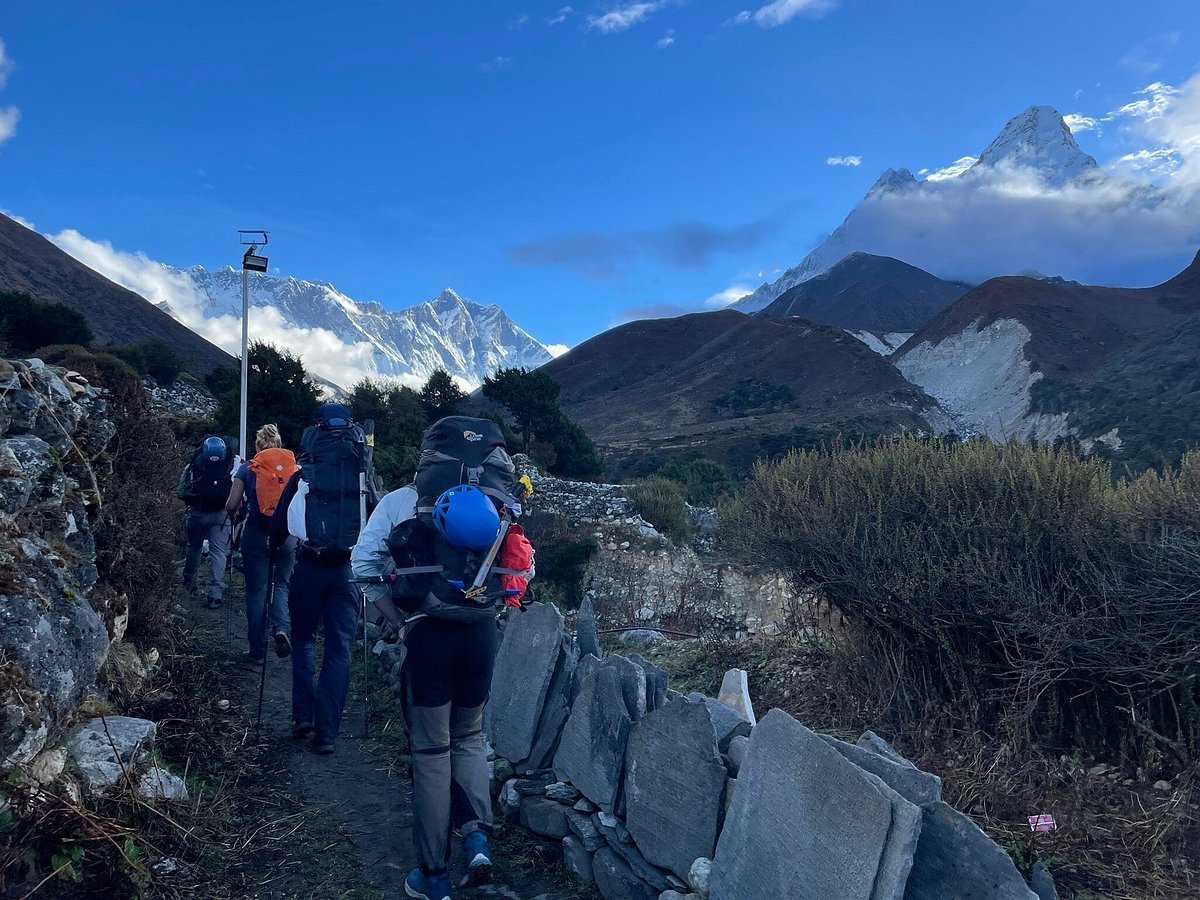
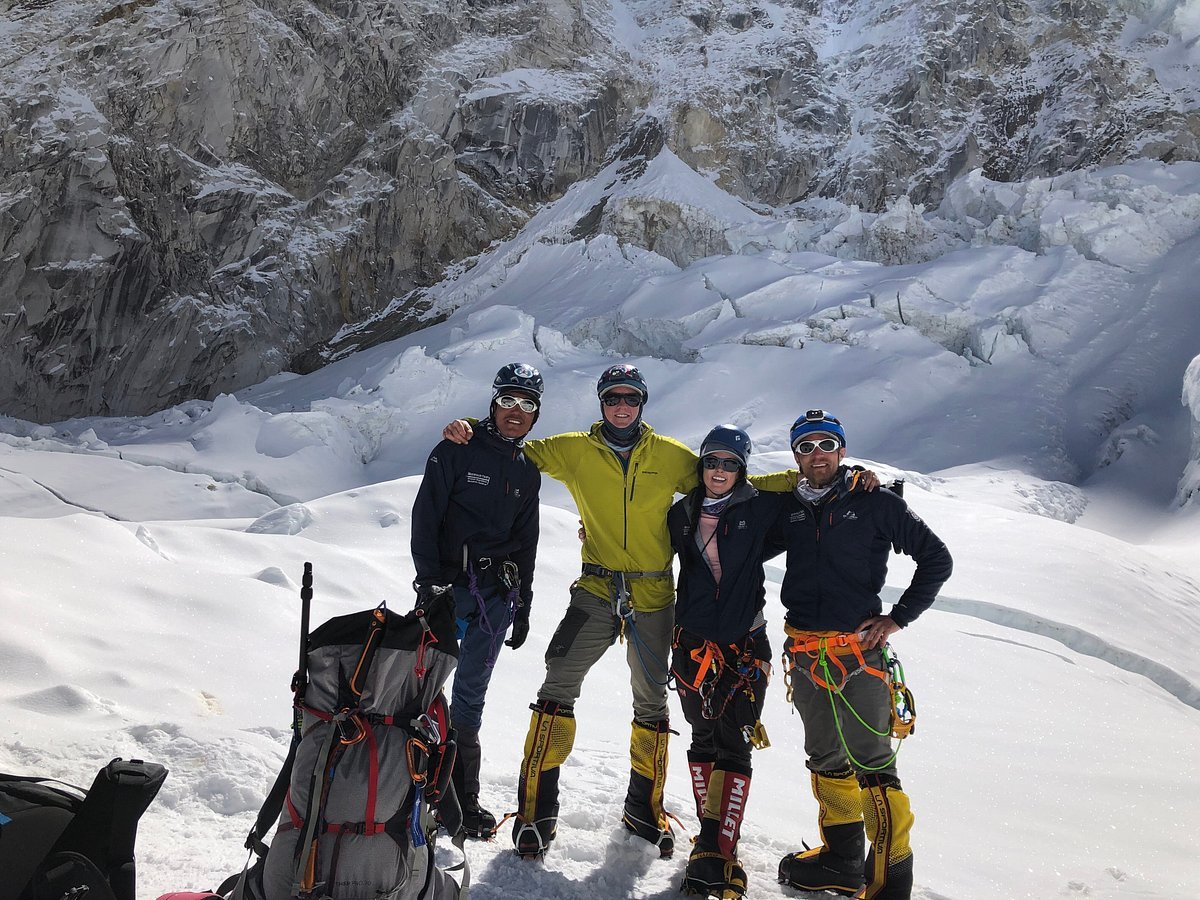
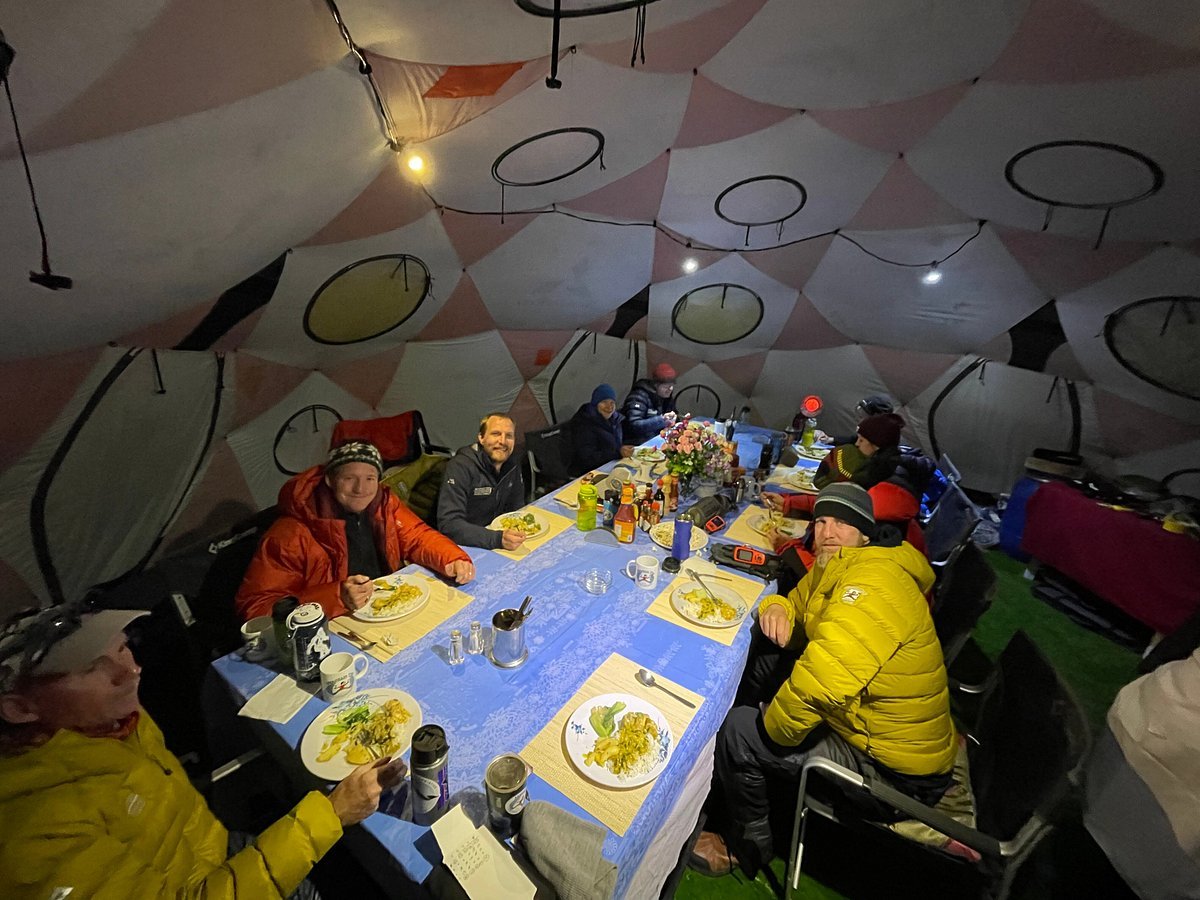

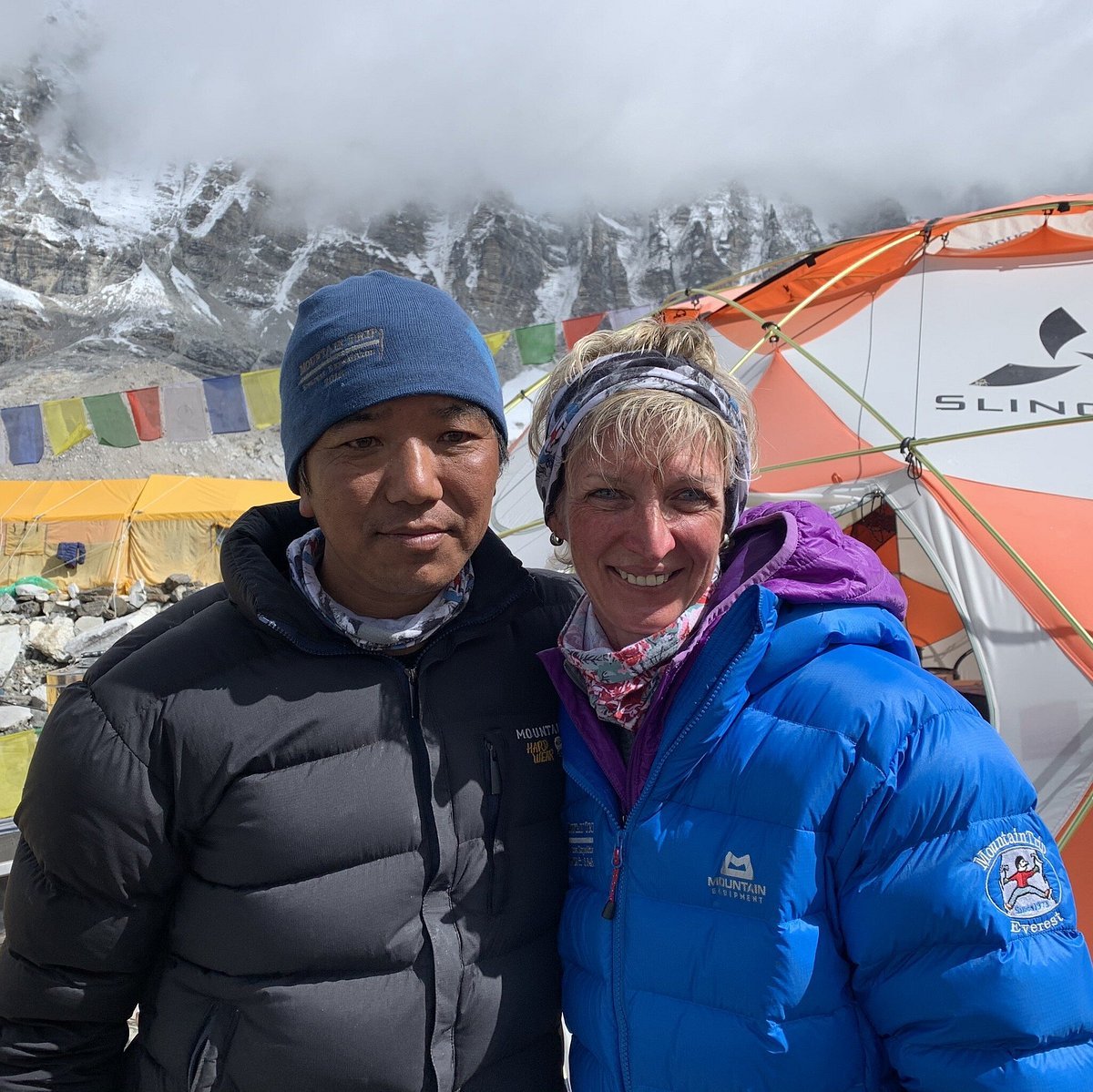

Peak fitness is essential. Train with hikes, carrying gear. Personal Sherpas are optional; porters handle group equipment. Individualized advice for mental and physical preparation is available.

Pre-expedition medical examination is recommended. Dental checks are crucial due to pressure changes at higher altitudes.

Prior high-altitude and mountaineering experience is required for eight-thousander expeditions. Training programs for newcomers are offered. For seven-and six-thousander expeditions, experience on four-thousander peaks is advisable.

Months of physical and mental preparation are necessary. Exercise, diet, and rest are key. Free world-class training programs for Everest climbers are available, along with exclusive discounts.

Months of training are required for fitness and technical climbing experience. Climbing lower peaks familiarizes climbers with equipment and terrain. Expedition training programs are offered in Europe and the US.

Climb lower peaks for altitude adaptation. Tailor-made programs prepare climbers for 8000er expeditions.

Expedition Himalaya, a veteran of Mount Everest and Himalayan expeditions, are poised to make climbing the Himalayan range a safe and unforgettable experience.
© 2024 Developed by Digital Raghu.